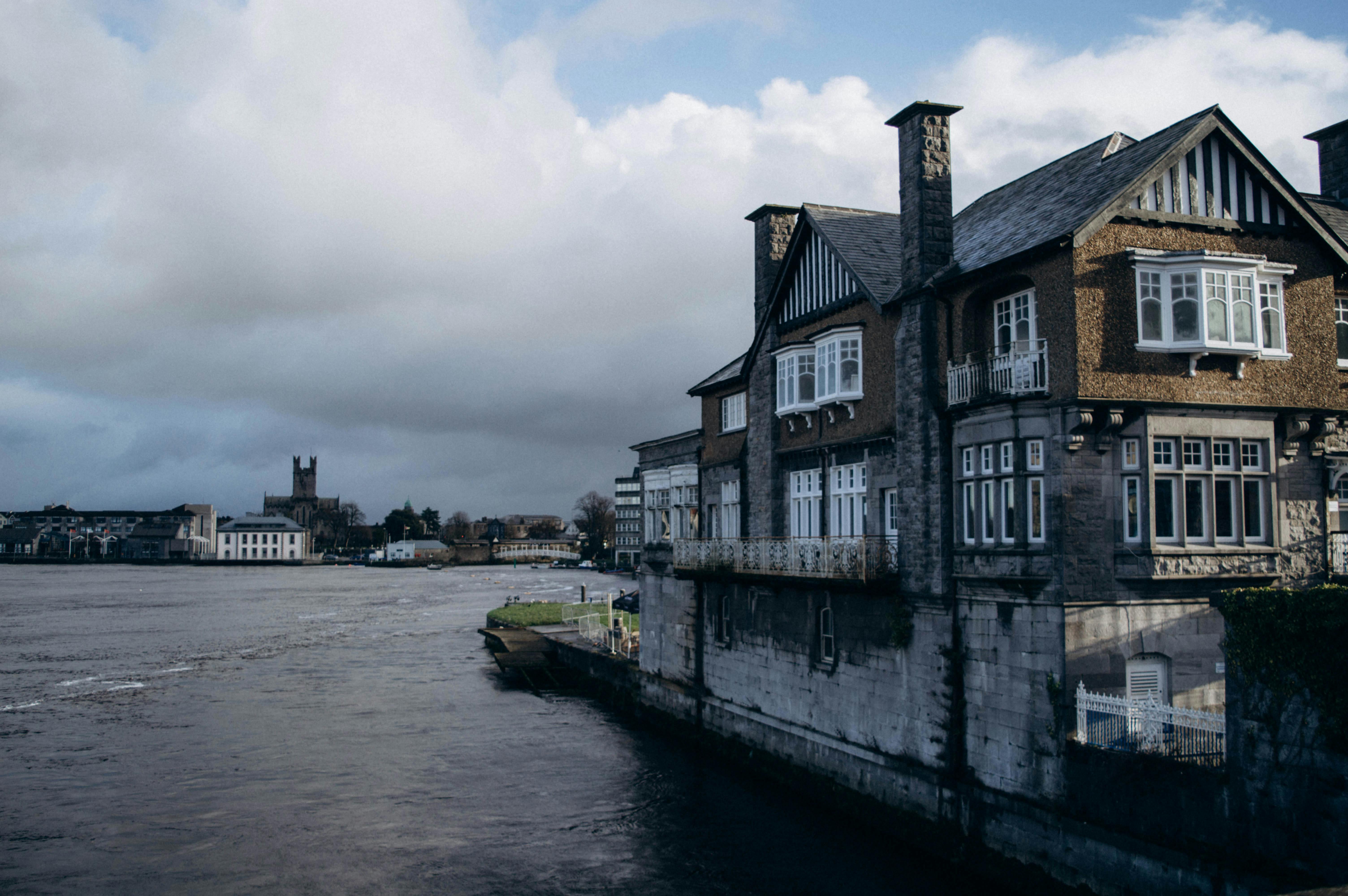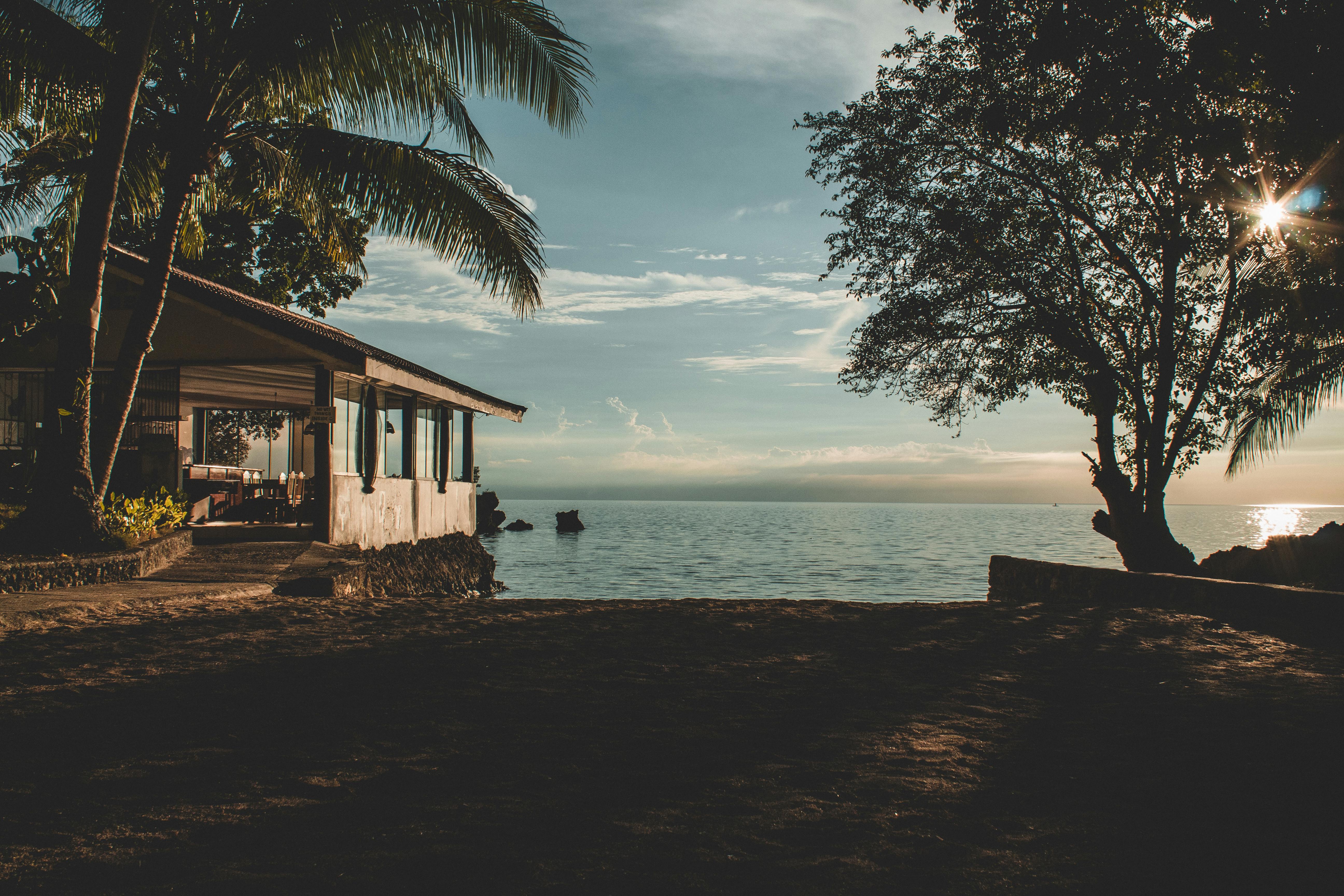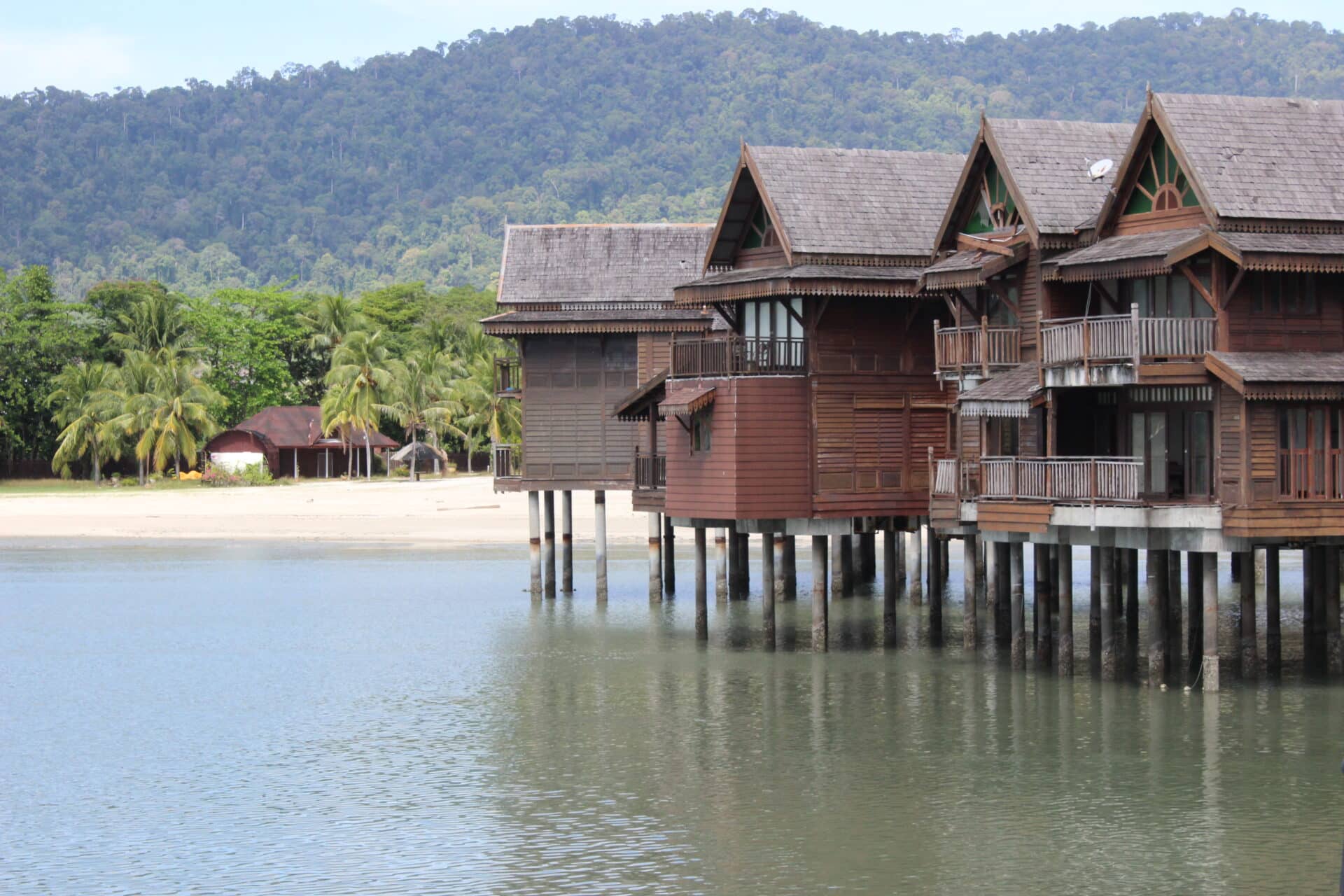Preparing The Water For Distillation
Distillation is a process of purifying liquid by boiling it and then condensing the steam that is produced. In order to ensure the highest quality water for distillation, it must first be properly filtered and decontaminated. This helps to ensure that any impurities, such as bacteria, viruses, or other contaminants, are removed from the water before it is distilled.
The first step in preparing the water for distillation is to filter it through a water filter. This removes any large particles or debris that may be present in the water. After the filtering process has been completed, the water should then be disinfected using either an ultraviolet light or a chemical disinfectant such as chlorine. This helps to eliminate any remaining bacteria or viruses that may still be present in the water.
Once the filtering and disinfecting processes have been completed, it is important to test the water for pH levels and other chemical levels before beginning distillation. This will help to ensure that only clean and pure water is used in distillation. After testing has been completed, if necessary, additional chemicals can be added to adjust pH levels or other factors that could affect the quality of distilled water.
Once all of these steps have been completed, then it is time to begin preparing the water for distillation by heating it up gradually until it reaches its boiling point. At this point, steam will begin to form which can then be collected and condensed into pure distilled water for use in various applications.
Boiling The Water To Make Distilled Water At Home
Distilled water is pure water that has been boiled and condensed back into liquid form. It is free of minerals, salts, and other impurities. Making your own distilled water at home is an easy process that only requires a few items.
First, you will need to gather the necessary supplies. This includes a large pot with a lid, two glass bowls that fit inside the pot, and an ice pack. You will also need tap water or spring water to use as the source for your distilled water. Make sure the pot has enough room for the two glass bowls to sit securely on top of it.
Once you have all of your supplies gathered, fill the pot about halfway with tap or spring water and place it on the stovetop over medium-high heat. Put one of the glass bowls in the center of the pot so that it is half-submerged in the water. Place some ice cubes or an ice pack on top of this bowl.
The heat from the boiling water will cause steam to rise up from below and condense on top of the cooler bowl above it. This condensed steam will then drip down into this second bowl as pure distilled water. Once you have collected enough distilled water in this bowl, turn off the heat and allow everything to cool down before carefully removing both bowls from the pot.
By following these simple steps, you can easily make your own distilled water at home in just a few minutes! Not only will you save money by not having to buy bottled distilled water, but you’ll also be able to ensure that you’re getting clean and pure drinking water each time.
Collecting The Condensed Steam
The condensed steam is a valuable resource and is used in many industries. It is produced when water vapor is condensed into a liquid form. This process can be done in a variety of ways, but the most common method involves collecting the steam from a boiler or other heat source. Collecting the condensed steam can be done in several ways, including using condensers, separators, and filters. Condensers are designed to collect the steam and separate it from other gases or liquids that may be present. Separators are used to separate the steam from other substances that may have been present during the condensation process. Finally, filters are used to remove any impurities that may have been present in the steam before it was collected. Once collected, the condensed steam can be used for various purposes such as powering turbines or producing electricity.
Collecting these condensed steams can be a difficult process depending on what type of collection system is used. For instance, condensers require regular maintenance in order to remain efficient and effective at collecting the condensed steam. Separators must also be regularly maintained to ensure they are working properly and not allowing any particles or contaminants into the final product. Finally, filters must also be checked regularly to make sure they are not allowing any impurities into the collected stream of water vapor.
Using these collection systems correctly will help ensure that all of the condensed steams are collected efficiently and effectively for use in various industries. It is important to keep in mind that this process takes time and energy so it should only be done when absolutely necessary. In addition, it is important to remember that collecting these condensed steams can have serious environmental implications if not done properly so care should always be taken when collecting them.
Overall, collecting condense steams is an important process for many industries as it allows them to use this valuable resource for various applications. By utilizing proper collection systems and taking care to ensure that all safety precautions are taken when doing so, companies can ensure that their collected steams are safe and efficient for their purposes.

Cooling And Storing Your Home-Made Distilled Water
Storing your home-made distilled water is a very important step in making sure that it remains safe to drink. It is recommended that you cool the distilled water down before you store it, as this will reduce the chances of bacteria growing in the water. You can cool the water down by putting it into an ice bath, or by using an immersion chiller. Once the water has cooled to a safe temperature, you can then store it in either glass or plastic containers. Make sure that the containers are clean and have tight lids so that contaminants cannot get into the distilled water.
It is important to note that distilled water should not be stored for more than one week. It is also best to use filtered or bottled drinking water for any cooking needs, as distilled water does not contain any minerals or other beneficial components which are found in these types of waters. If you are going to be storing distilled water for long periods of time, consider getting a reverse osmosis system installed in your home to ensure that you always have clean and safe drinking water available.
Distillation
Distillation is one of the most popular methods of making distilled water at home. This method involves boiling water and collecting the resulting steam, which is then condensed back into liquid form. This process removes impurities and contaminants from the water, leaving behind pure distilled water. The main benefit of using distillation for producing distilled water is that it can remove a wide range of contaminants, including heavy metals and bacteria. However, it does require a significant amount of energy to be used in order to boil the water.
Reverse Osmosis
Reverse osmosis is another method that can be used to make distilled water at home. This process involves forcing water through a membrane that has tiny pores which are too small for contaminants to pass through. As the water passes through this membrane, any impurities are left behind in the form of concentrated waste material. Reverse osmosis is capable of removing a wide range of contaminants from water, and it also requires less energy than distillation as no boiling is involved.
Deionization
Deionization is another common method for making distilled water at home. This process involves passing an electrical current through an ion exchange resin or other type of material which absorbs ions from the water. As the ions are removed from the water, any impurities or contaminants also become trapped in this material, leaving behind pure distilled water. Deionization can be used to remove a wide range of contaminants from water but does require some specialized equipment in order to do so.
Ultrafiltration
Ultrafiltration is another method that can be used to make distilled water at home. This process involves passing pressurized liquid through a membrane that has tiny pores which are too small for most types of particles or pollutants to pass through. Any impurities or contaminants will remain trapped on one side of the membrane while pure distilled liquid passes through on the other side. Ultrafiltration is capable of removing many types of contaminants from liquid but does require more energy than some other methods such as reverse osmosis or deionization.
How to Make Distilled Water at Home
Making distilled water at home can be a great way to save money while ensuring you have access to clean, safe drinking water. Distillation is an effective way to purify water and remove contaminants like bacteria, chemicals, and heavy metals. It involves boiling the water until it evaporates and then condensing the steam back into liquid form. Here are some tips for making the best quality of distilled water at home.
First, it’s important to use a high-quality distiller. The distillation process works by boiling the water and capturing the steam in a condenser, which then cools back into liquid form. Make sure your distiller is made from food-grade materials and is designed for home use.
Second, make sure you have a good supply of fresh, filtered water for distilling. The best quality of distilled water comes from pure sources like spring or well water that has been filtered or treated with activated carbon or reverse osmosis systems. Avoid using tap water unless it has been filtered first as it may contain contaminants that can affect the taste or quality of your distilled water.
Third, make sure to monitor your distiller regularly during the process. This will help ensure that the temperature remains consistent throughout the process and that you get the best quality of distilled water possible. You should also check for any sediment or impurities that may have accumulated in your condenser before bottling your distilled water.
Fourth, pay attention to storage and handling guidelines when storing your distilled water after distilling it at home. The best way to store it is in airtight containers away from direct sunlight or extreme temperatures which can cause bacteria growth or contamination over time. You should also avoid using plastic containers as they may leach chemicals into your distilled water over time if not stored properly.
Finally, be aware of how often you need to distill your own drinking water at home as this can depend on how much you consume every day and whether you’re using bottled or tap water for other purposes like cooking or cleaning purposes as well. Generally speaking, most people should aim to distill their own drinking once every month or two depending on usage levels and storage conditions in order to maintain top-quality results each time and avoid any potential contamination risks associated with long-term storage of untreated drinking waters like tap waters which may contain contaminants like chlorine and heavy metals over extended periods of time if not properly treated beforehand through a good filtration system before being used for drinking purposes like consuming by humans and animals alike on a daily basis!

Conclusion
Distilling water at home can be a fun and interesting way to produce your own clean and pure water. It is not difficult to make and requires minimal equipment, making it accessible to anyone. The process is also relatively safe and simple, making it ideal for anyone who wants to make their own distilled water. With this knowledge, you can now distill your own water in the comfort of your own home.
However, it is important to remember that distilled water is not suitable for consumption on its own, as it can lack essential minerals needed for health. To receive the full benefits of distilled water, you should supplement with minerals or use a mineral-adding filter before consumption. With this in mind, you can now feel confident in producing your own distilled water at home!

